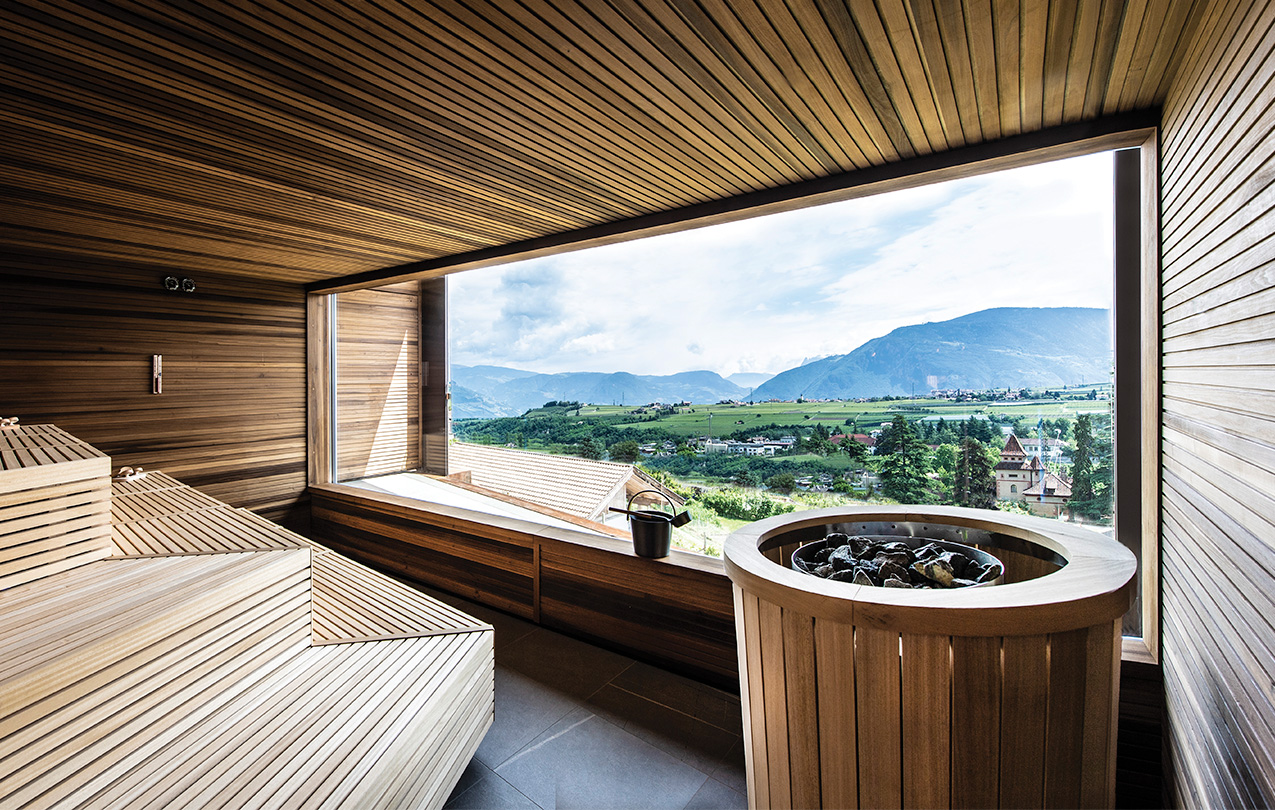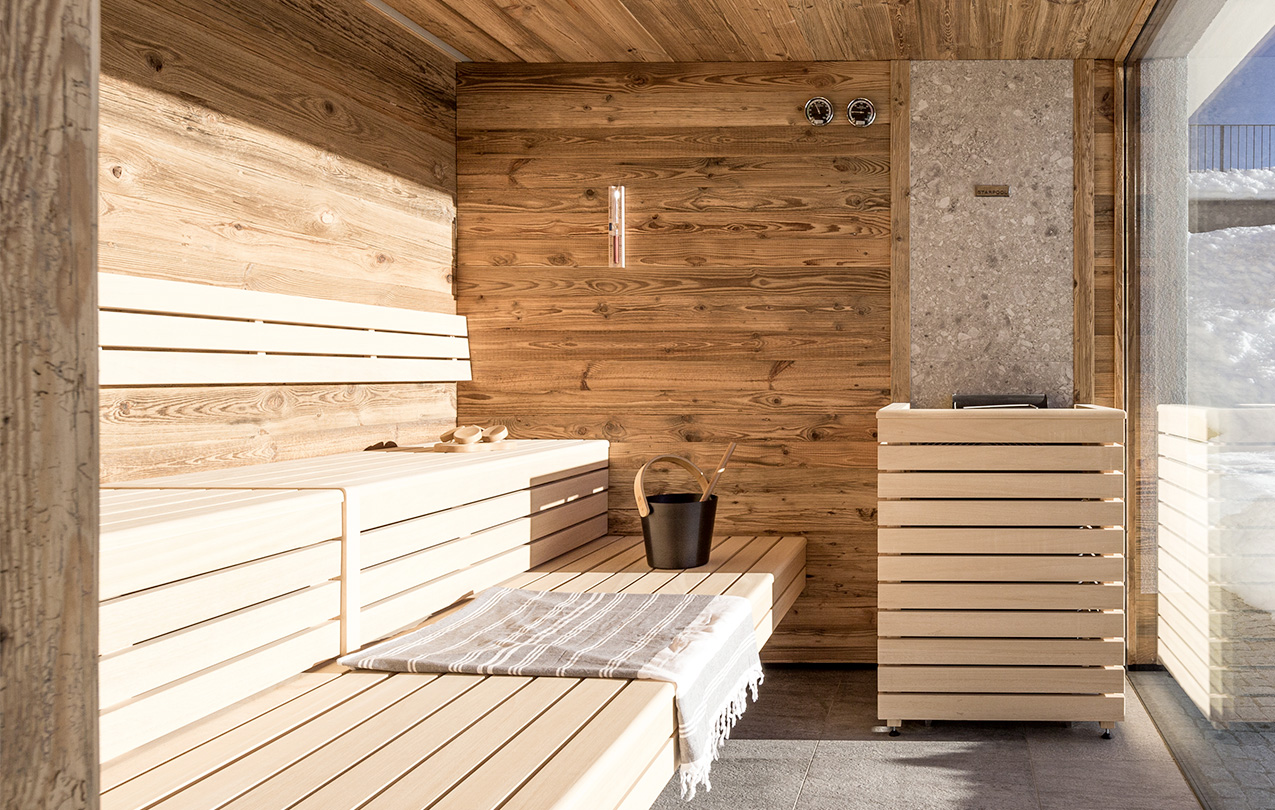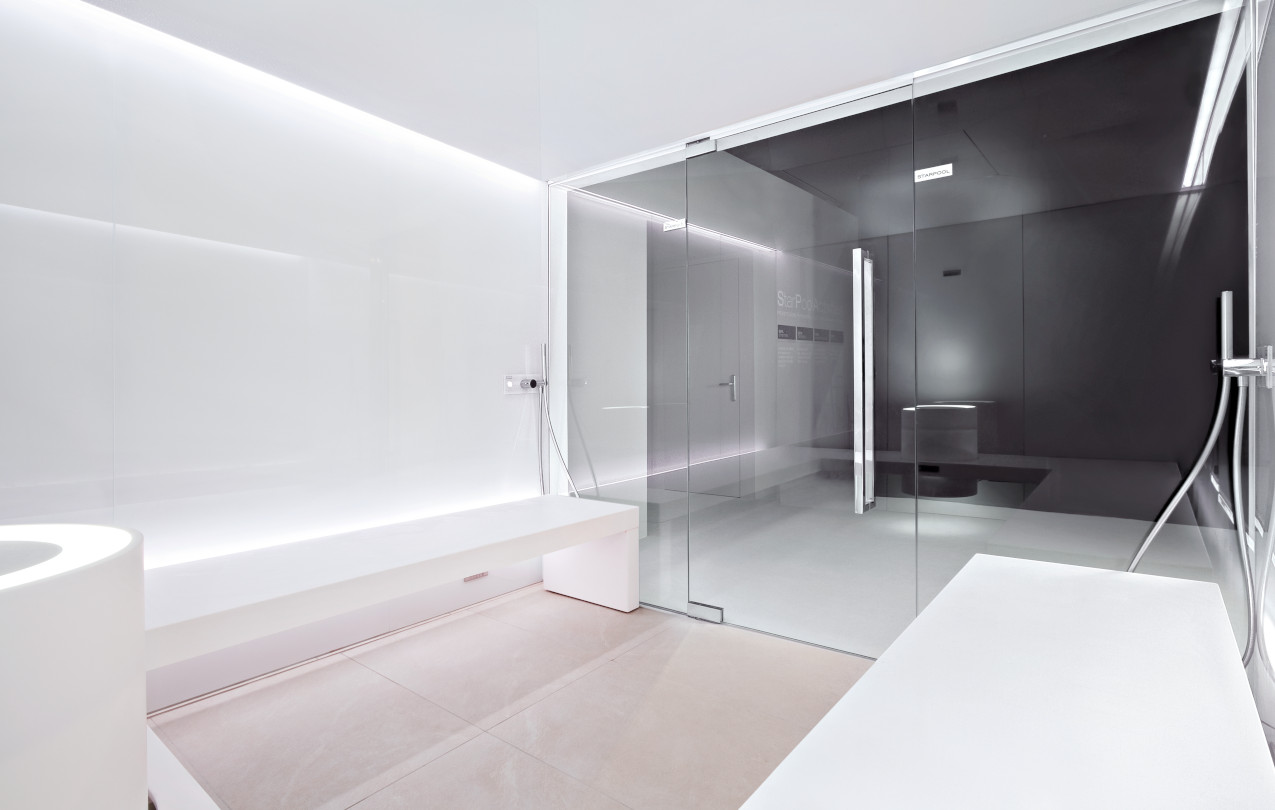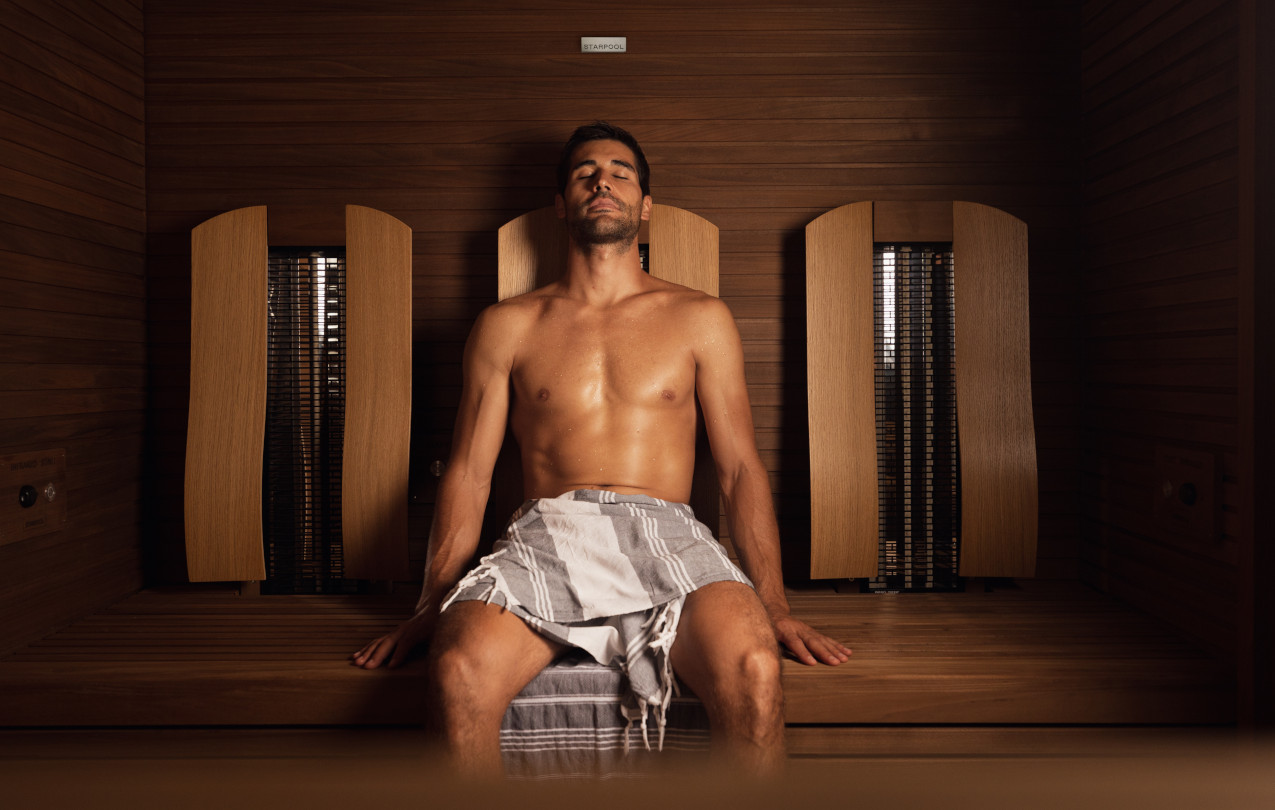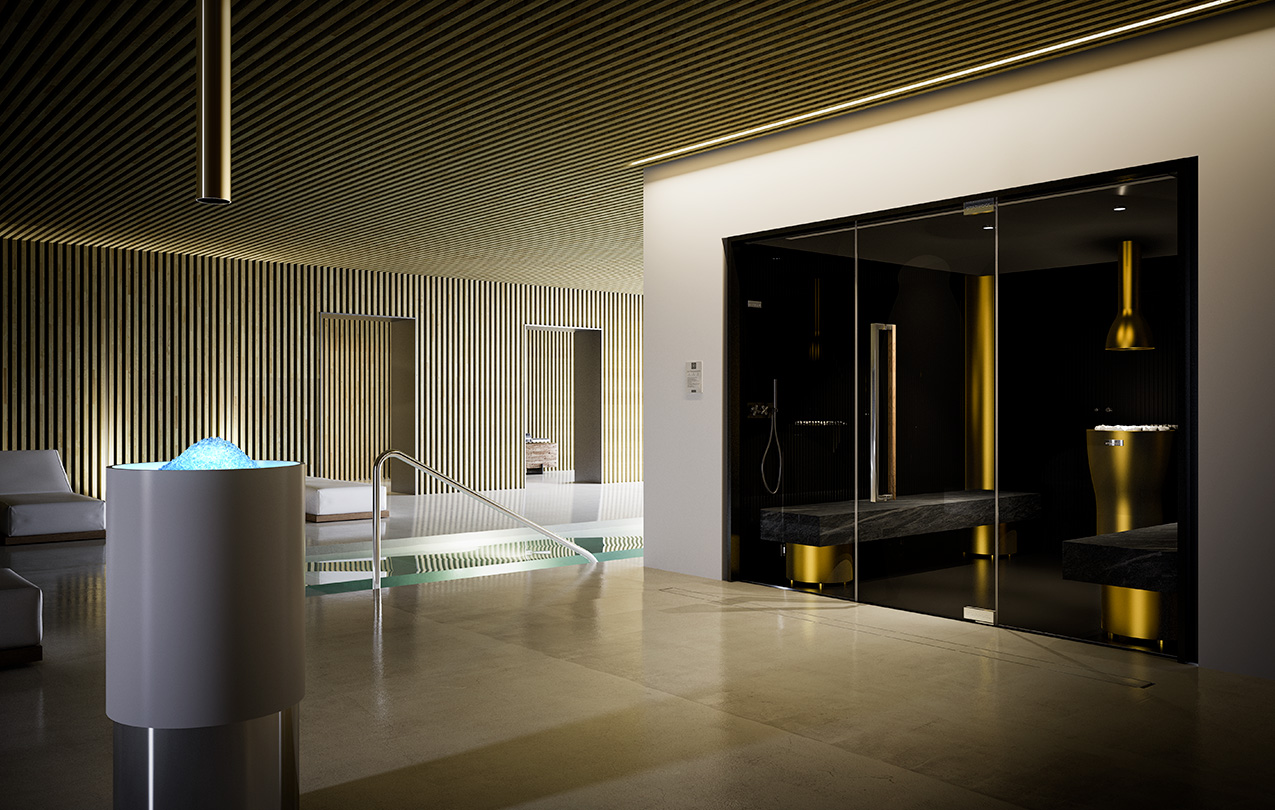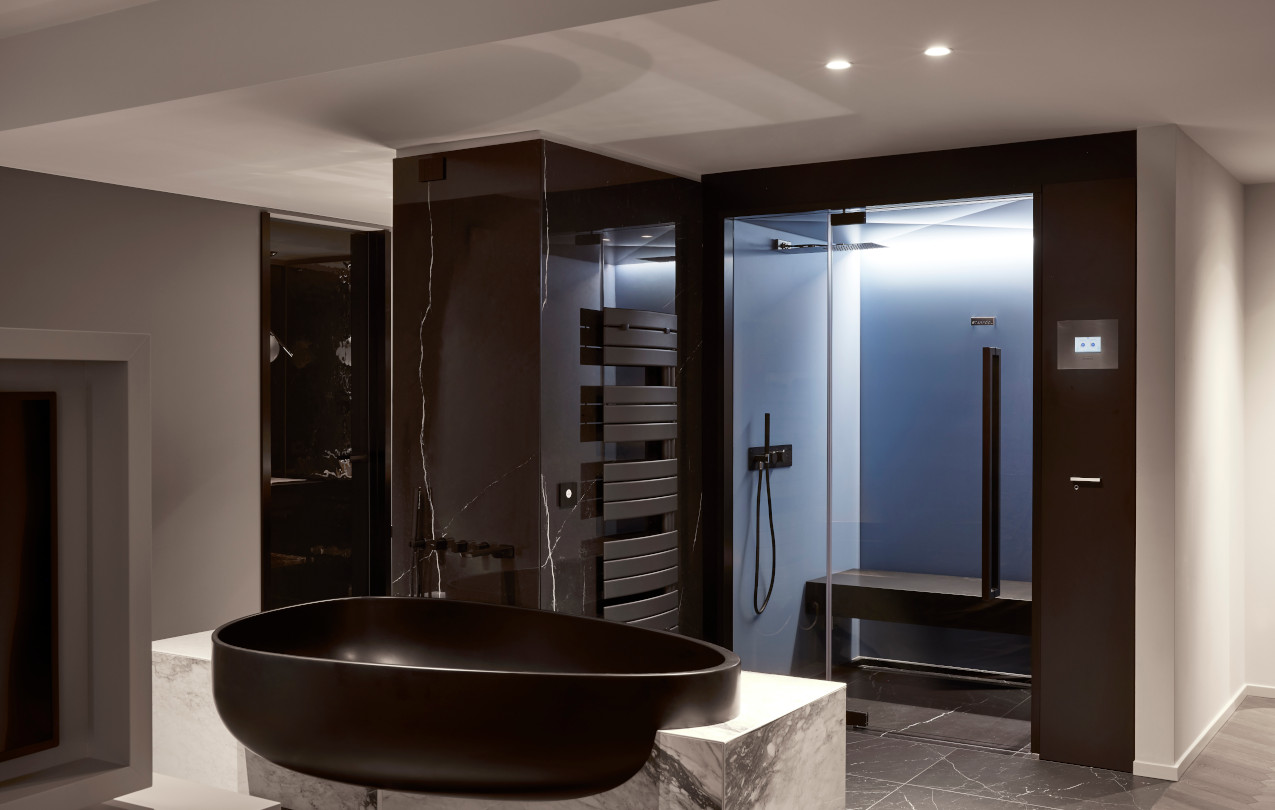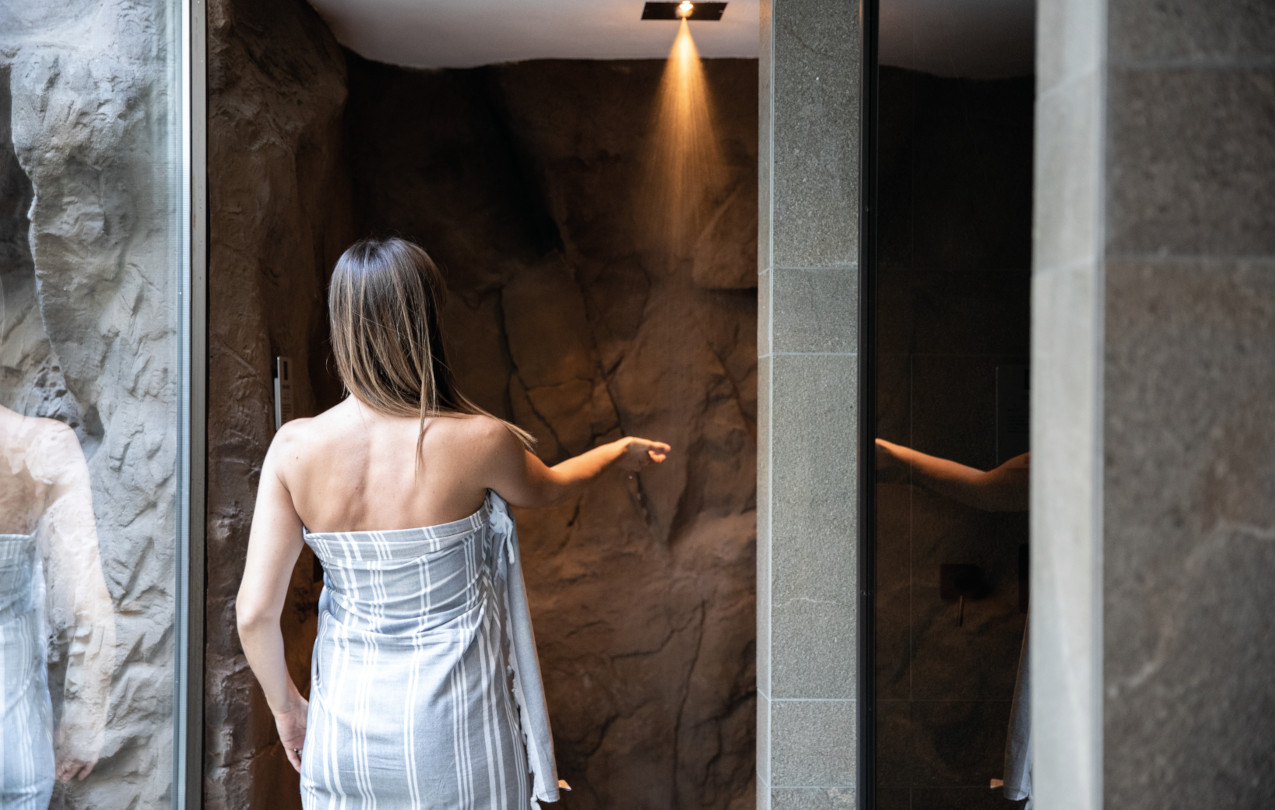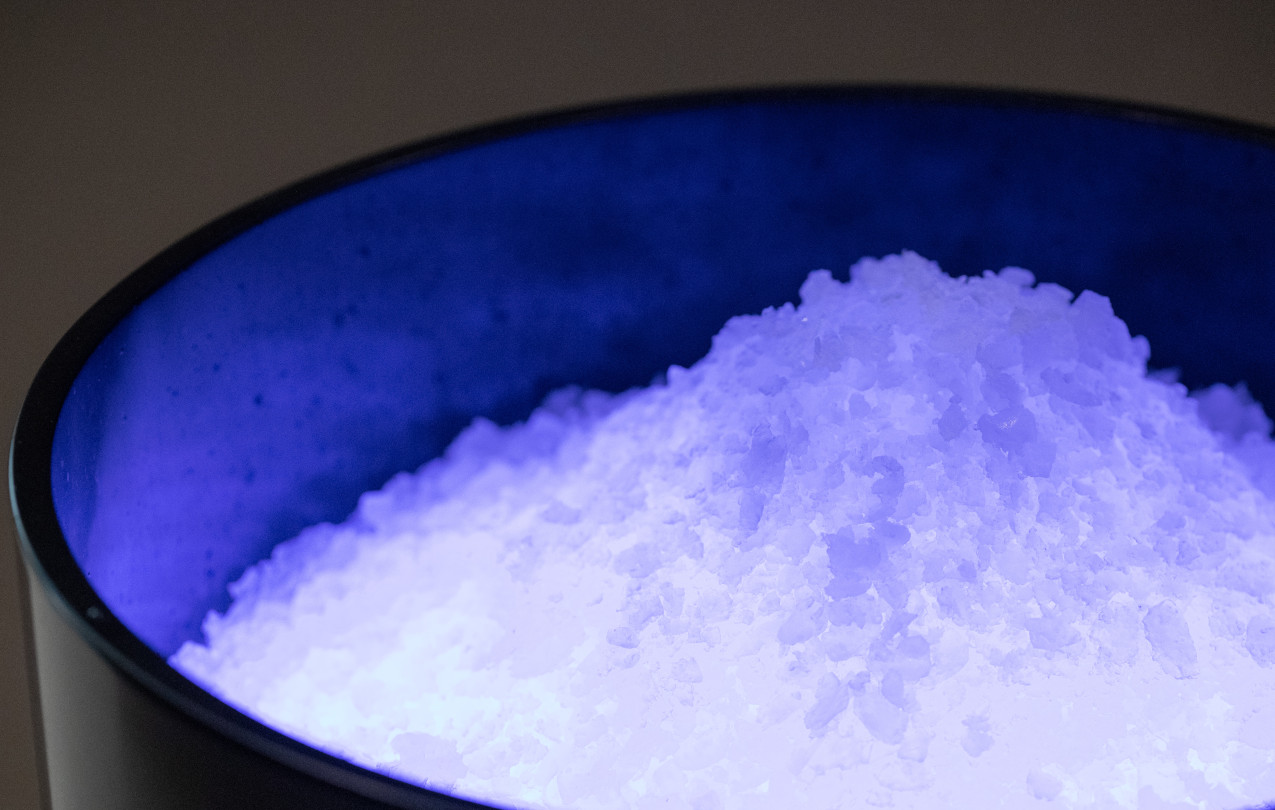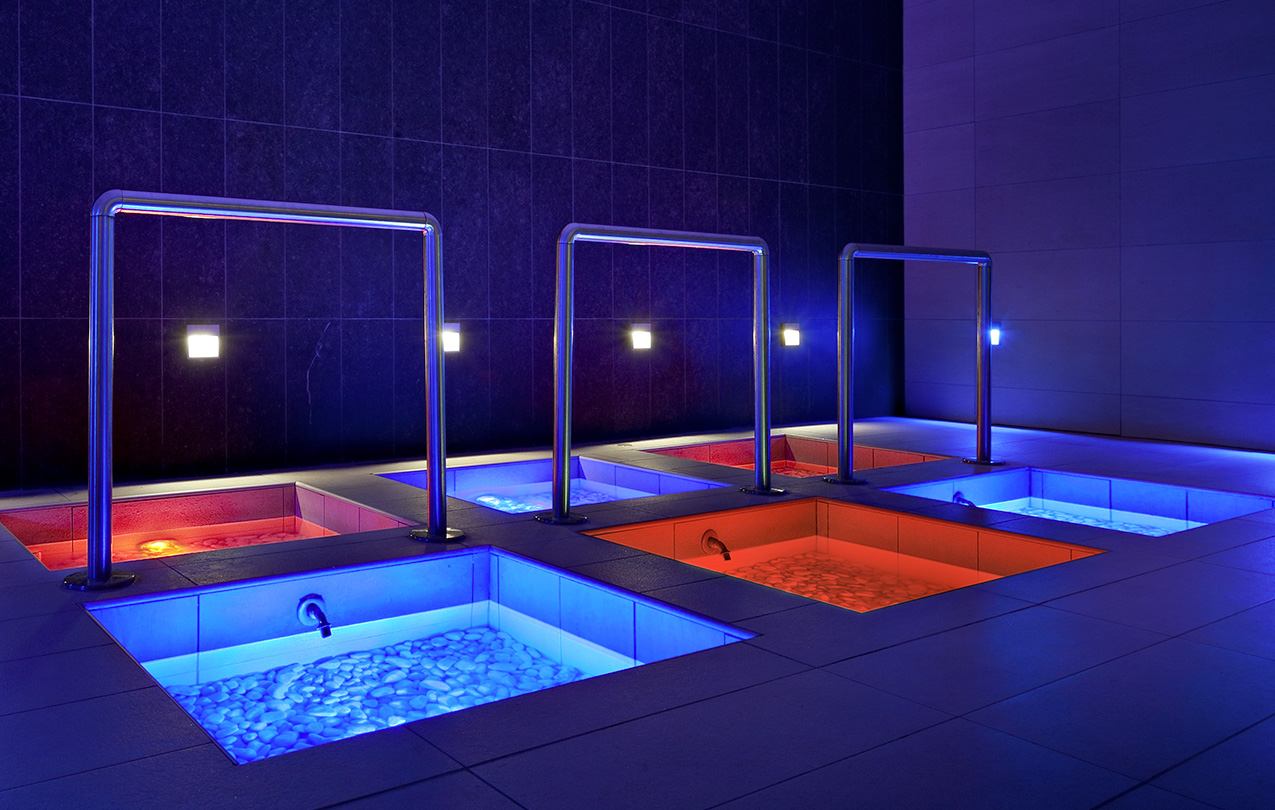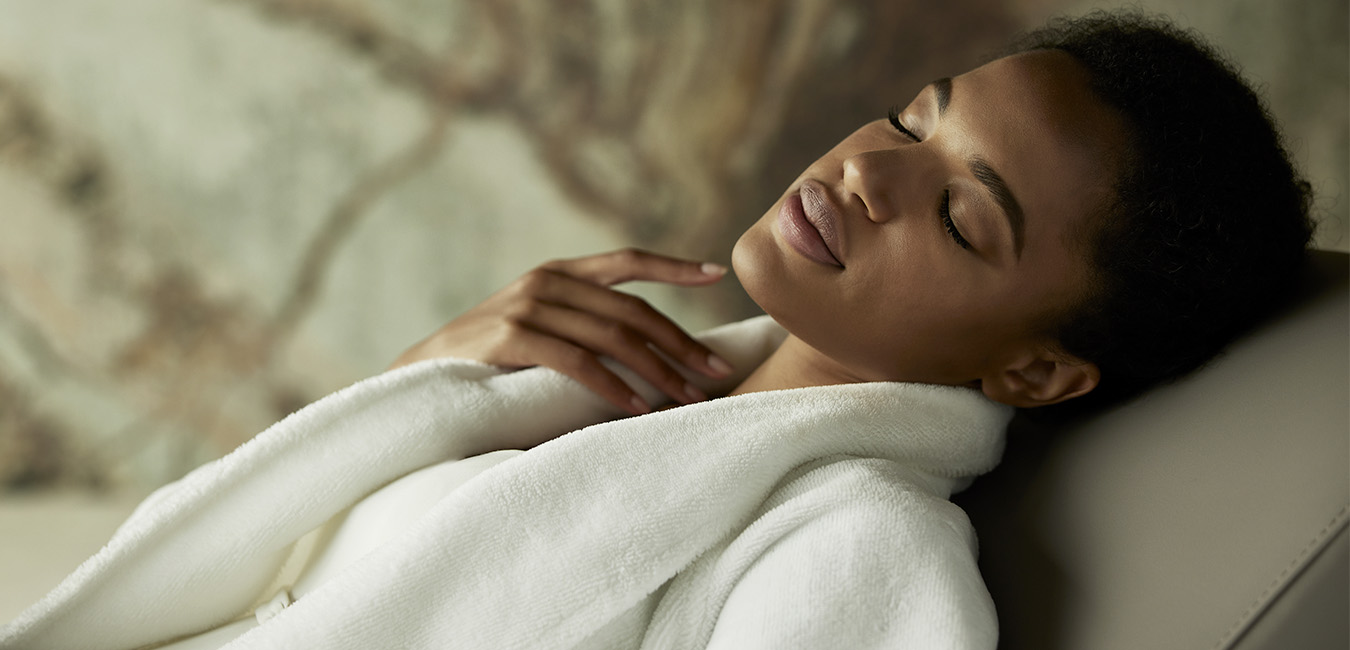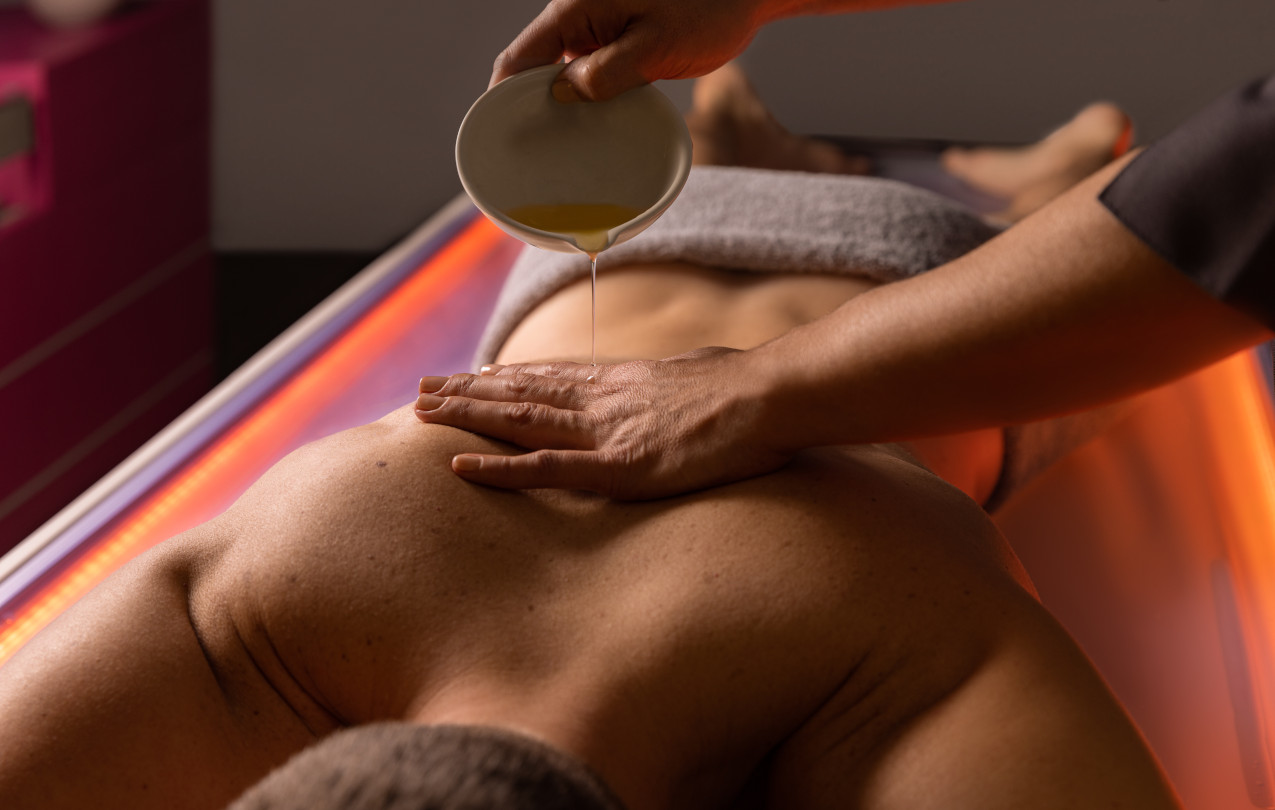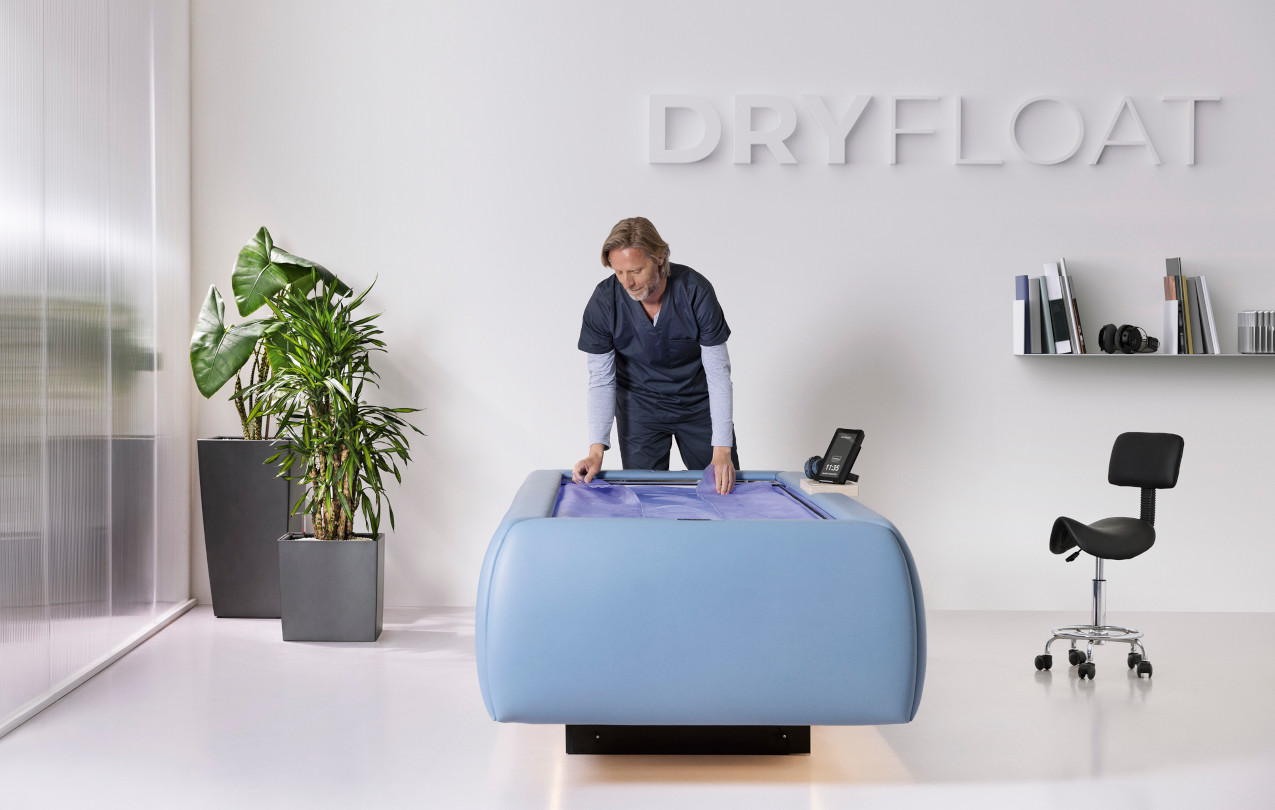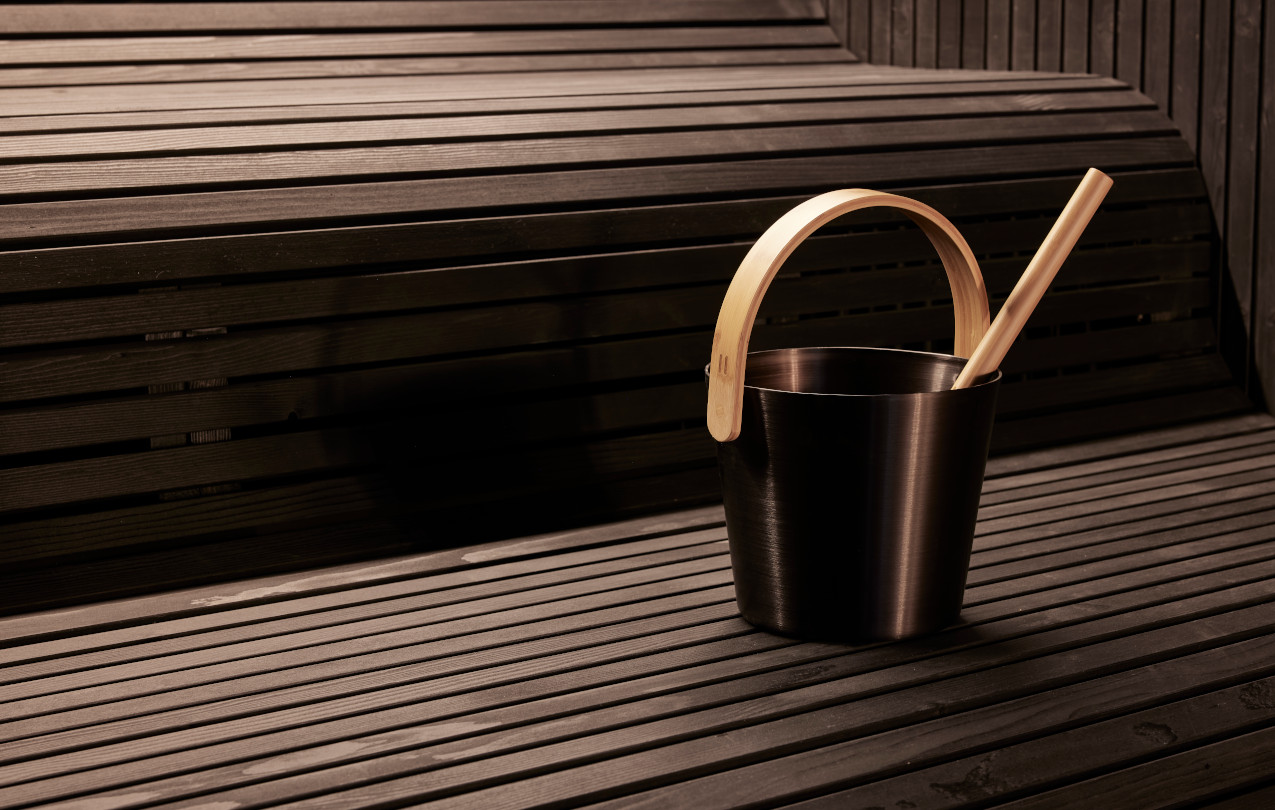The Ritual of the Birch Whisk in the Russian Banya
The Russian banya is a thousand-year old tradition, a ritual that is deeply rooted in the culture of Eastern Europe and Asia, and that keeps being practised with devotion. Imagine a wooden hut where the temperature is between 60 and 70°C. In this humid and dry environment, entire families enjoy an experience that goes beyond your usual heat bath, but is an actual ritual of purification and well-being.

The History of the Russian Banya
Originally, the banya was a simple hut with two rooms: one for changing and one for washing. Its preparation was careful and meticulous. The hut was heated using wood, and the oven was only necessary to keep the environment warm and heat up the water in the buckets for the washing.
After sweating in the steam room, people washed with hot water, poured on their body and head. Children, who were washed in small tubs, would go into the banya together with the women and usually before man did, when the temperature was still bearable.
In ancient banyas, the ovens didn’t have any chimney and the smoke spread freely in the room. The people could go in only when the smoke dispersed and found the walls blackened by the soot. Later, the banyas started being equipped with chimneys, making the experience more comfortable and safe.

The Role of the Venik
One of the main elements in the Russian banya is the venik, a birch or oak whisk, used to massage and tap the body. It is a way to increase perspiration, but also a ritual of physical and spiritual purification. Carefully prepared in advance, the venik is immersed in hot water to soften the branches and release the essential oils contained in the leaves, which then perfume the air and offer regenerating benefits for the skin.
During the session inside the banya, people would massage each other using the venik, favouring blood flow and the elimination of toxins. This ritual is regarded as a moment of connection not only with oneself, but also with the other people – in an experience of mutual care that strengthens family and community bonds.
The Venik Ritual in modern saunas
This tradition was later passed through to the countries in Northern Europe and today it is a wonderful and effective ritual performed in the Finnish and soft saunas. In these modern saunas, the ancient practice of tapping of birch whisks has become an effective action to increase heat perception on the skin and favour intense perspiration, which promotes the drainage of fluids and toxins.
This massage reactives microcirculation and improves skin and muscle oxygenation, turning the experience in the sauna from passive to active and making it more engaging and pleasant for the guests. In public banyas, the operator plays a key role: they organise procedures, manage steam, and help guests with the massage an washing practices, making the experience authentic and regenerating.


